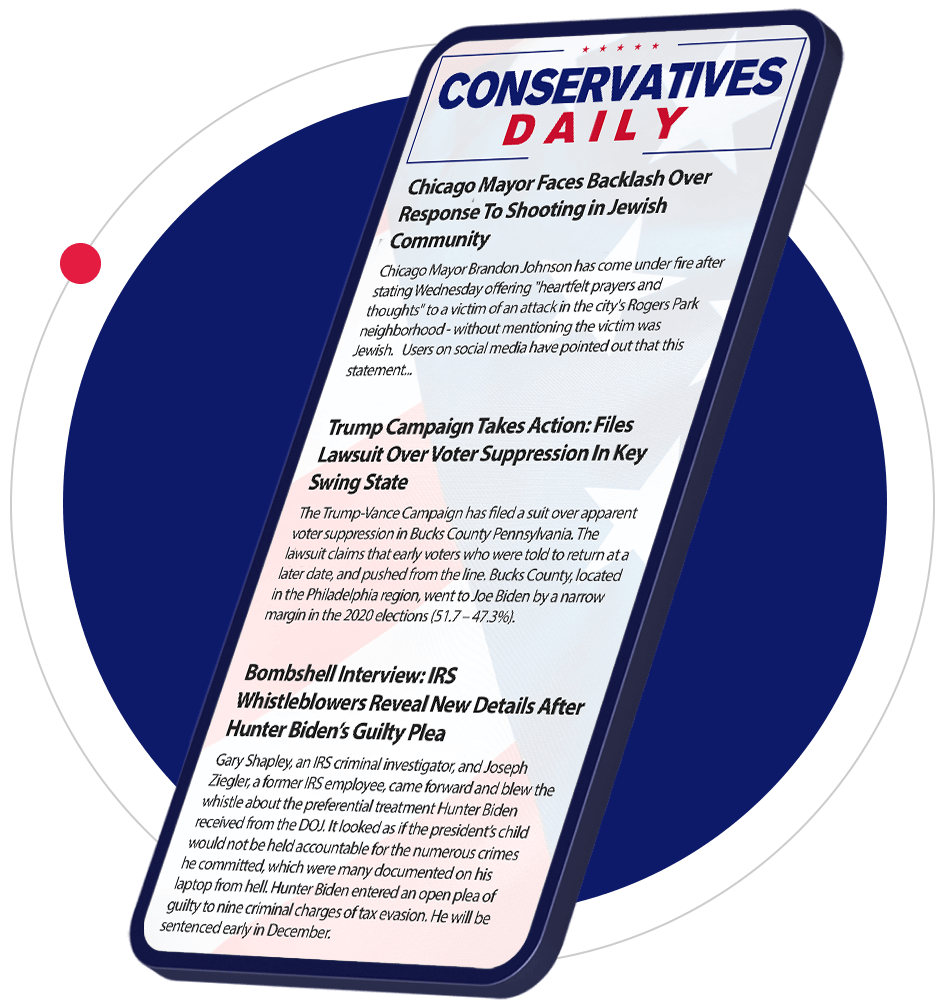The question before us is straightforward: Has the American economy truly turned a corner, or are we witnessing a carefully staged performance at a Washington summit?
President Donald Trump addressed McDonald’s franchise owners Monday night at their 2025 Impact Summit, painting a picture of economic revival while acknowledging the hard road still ahead. The event itself tells an interesting story about the intersection of politics, business, and the price of a hamburger in modern America.
Trump opened with his now-familiar reference to that October 2024 campaign stop at a Pennsylvania McDonald’s, where he worked the fry station for thirty minutes. “I’m honored to stand before you as the very first former McDonald’s fry cook ever to become president of the United States,” he declared, adding a jab at his former opponent about her disputed employment history with the chain.
The summit drew a bipartisan crowd, with Democratic governors and representatives also taking the stage. New York Governor Kathy Hochul, Maryland Governor Wes Moore, California Representative Pete Aguilar, and former Chicago Mayor Rahm Emanuel all participated. This cross-party attendance suggests the franchise industry wields considerable influence regardless of which party controls the White House.
Trump’s central argument bears examination. He contended that under the previous administration, “Welfare was going up, government jobs were going up, real jobs were going down.” His assessment was blunt: “You probably would’ve had a bankrupt country. You are so damn lucky that I won that election, I’m telling you.”
The president declared America is entering a “golden age,” citing 1.9 million more American-born workers employed since he took office and wage growth for hourly workers at the fastest pace in sixty years. These are substantial claims that deserve scrutiny from independent economists.
Yet here is where the story gets complicated, as stories about the economy often do. Trump acknowledged that inflation remains a priority concern, sitting at three percent year-over-year according to the latest figures. While this represents relatively low levels compared to recent peaks, the president admitted wanting to push it “a little bit lower.”
The reality on the ground tells a more nuanced tale. Ground beef prices have jumped 13.5 percent from last year. Imported foods including bananas, avocados, and coffee have seen price increases tied directly to the administration’s reciprocal tariffs, which were imposed on nearly every trading partner worldwide.
This presents a fundamental tension in the administration’s economic approach. The tariffs were designed to protect American interests and encourage domestic production, but they have contributed to rising food costs that hit working families directly in their grocery bills.
The administration acknowledged last week that some food tariffs are negatively affecting Americans and began rolling back certain levies. This represents either pragmatic policy adjustment or an admission that the tariff strategy requires refinement, depending on one’s perspective.
The president’s assertion that “nobody has done what we’ve done in terms of pricing” invites comparison with historical data. The American people will ultimately render their verdict at their kitchen tables and grocery store checkout lines.
What remains clear is that the administration faces the eternal challenge of every presidency: managing the gap between political rhetoric and economic reality. Trump’s confidence is unmistakable, but so are the persistent concerns of Americans watching their food bills climb despite assurances of economic triumph.
The story continues to unfold, one price tag at a time.
Related: Trump Calls for Epstein Files Release After Weeks of White House Opposition


